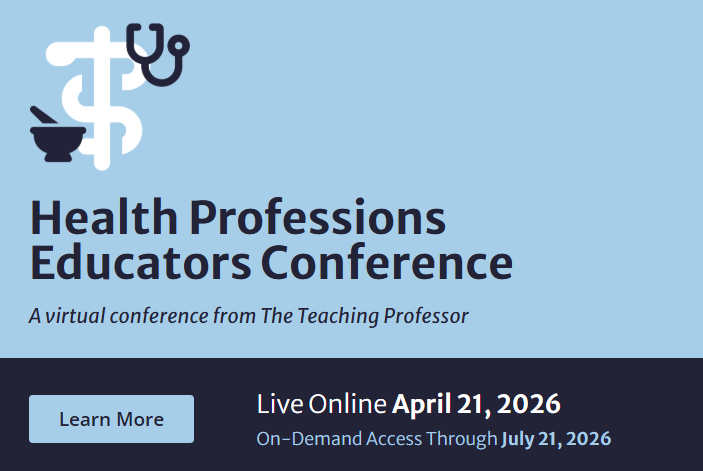A biology class works with a local environmental organization to test water samples from the Chesapeake Bay. A graphics design class helps a non-profit organization build a new website. A childhood development class serves as mentors to at-risk students in an after-school program.
These aren’t examples of a few kind-hearted college students volunteering their time, but rather part of formalized service-learning programs designed to achieve specific learning outcomes. Although service-learning isn’t new, it is “burning hot” right now, says Barbara Jacoby PhD, senior scholar and chair of the Coalition for Civic Engagement and Leadership at the University of Maryland.
And for good reason.
“Faculty members I’ve worked with say that service-learning invigorates both their teaching and their students’ learning. By integrating course content with real world experience, service-learning has tremendous potential to meet faculty goals for student learning while making unique contributions to addressing critical community needs,” Jacoby says. “Service-learning enables students to deepen comprehension of course content, integrate theory with practice, increase understanding of the complexity of social issues, and sharpen their abilities to solve problems creatively and collaboratively – all skills that are highly valued in the workplace.”
Of course all of this is only possible if the service-learning course is properly designed and taught, and that takes careful planning, a strong commitment, and frequent communication.
In the recent online seminar Service-Learning Course Design: What Faculty Need to Know, Jacoby provided a step-by-step guide to help faculty design a service-learning course from scratch, or revise a current course. What follows is a brief outline of these steps, along with just a few of the key questions you need to answer along the way:
Step I: Consider how service-learning will help students achieve your desired learning outcomes.
- What are your desired learning outcomes for the course?
- What pedagogies align with the desired learning outcomes (e.g., research papers, lecture, demonstration, problem based learning, class discussions, service-learning)?
- What desired learning outcomes are best achieved through service-learning? Why?
Step II: Determine how the combination of service and academic content will enable students to achieve the learning outcomes.
- What types of service are appropriate for the course? How frequently? What duration?
- What readings and other materials will complement the service?
- What kinds of reflection activities will students engage in?
Step III: Initiate community partnerships.
- How will you identify community organization partner(s)?
- Who will be responsible for initiating and developing the partnership?
- How many students does the organization need? With what knowledge and skills? To do what tasks?
Step IV: Establish assessment and evaluation standards.
- How will students demonstrate learning from their service experiences and other assignments? What measures will you use?
- At what points during the term will you assess learning?
- What will be the community organization’s role in evaluating students’ performance at the service site?
Step V: Develop the syllabus.
- Prepare a draft syllabus detailing rationale for service-learning, students’ roles and responsibilities, how the service experience will be assessed, readings, course materials, and reflection activities.
- Visit the community partner to discuss the draft syllabus.
- Based on community partner input, revise the syllabus as needed.
Step VI: Prepare to manage the process.
- What logistical issues need to be addressed?
- Have you addressed appropriate dress and behavior, transportation, and safety issues?
- What campus resources are available to assist you along the way?





